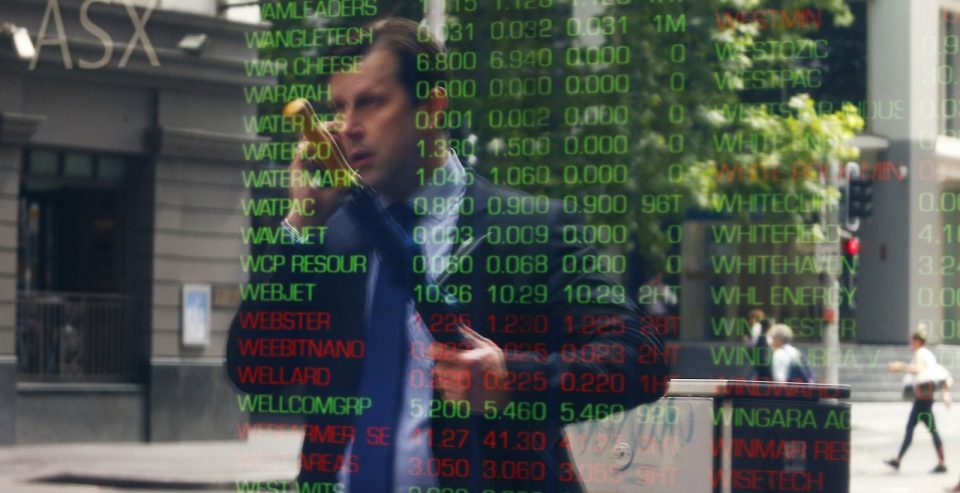The Federal Reserve’s much-anticipated long-lasting policy update revealed on Thursday does precisely what Wall Street anticipated, formally embracing a typical 2% inflation target.
The result: Fed policymakers will not use the brakes proactively once it returns to 2%, however, will let the economy run hot to offset inflation undershoots amid deficiencies from maximum employment.
However, Chairman Jerome Powell stopped short of indicating that the Fed would move to more aggressive near-term action, such as accelerating its possession purchases.
The Dow Jones Industrial Average rose 0.4% after trading slightly negative prior to the statement. The S&P 500 edged up 0.1%, while the Nasdaq 100 lost 0.1%.
The 10-year Treasury yield removed earlier losses to stay flat at 0.69%.
Federal Reserve Long-Term Policy
The Fed’s upgraded inflation target has been telegraphed in speeches over the previous year. After inflation stopped working to reveal up amid sub-4% unemployment, Fed policymakers began discussing a symmetric inflation objective, suggesting that an increase above 2% would be tolerated to balance out durations of inflation target undershoots.
The typical inflation target makes this modification official and seems to show a clearer commitment to motivating inflation to run above 2%.
The fading of inflation as a danger over the past decades reflects slowing population development, the aging of the population, and a decline in productivity development, Powell explained. Globalization and technology are other aspects frequently mentioned.
“The historically strong labor market did not set off a significant rise in inflation,” Powell said, despite Fed forecasts to the contrary. “Inflation that is persistently too low can position serious threats to the economy.”
Powell included that the brand-new Fed policy acknowledges the difficulty of rates of interest near zero, “reducing our scope to support the economy by cutting rate of interest.” He restated that the Fed is “prepared to use our full variety of tools to support the economy.”
At the minute, Fed policy appears to suggest that policymakers are satisfied with current policy, despite 10.2% joblessness. If the Fed wants to see inflation increase above 2%, it could step on the gas with more asset purchases. The most current Fed minutes seemed to indicate that such a modification isn’t imminent. It may be that Fed policymakers do not wish to announce a sped up balance sheet growth so near to the election unless the healing plainly searches in jeopardy. Otherwise, Fed policymakers might be fretted about enhancing already-high property values.
Unemployment Report Details
New claims for out of work advantages slipped 68,000 to 821,600 in Aug. 22 weeks, unadjusted for seasonal factors. Continuing unemployed claims in the Aug. 15 week fell 273,000 to 13.91 million.
The out of work information continue to reveal consistent development, in spite of the lapse of fiscal stimulus. Nevertheless, unemployed claims remain above their 2009 peak.
In the week of Aug. 8, Americans submitted a total of 27 million claims for unemployed advantages, down from 28 million the prior week. That consists of 11 million claims for pandemic unemployment help. Pandemic help opened jobless advantages to the self-employed, gig workers, and those who have exhausted routine advantages or have inadequate current work experience.

